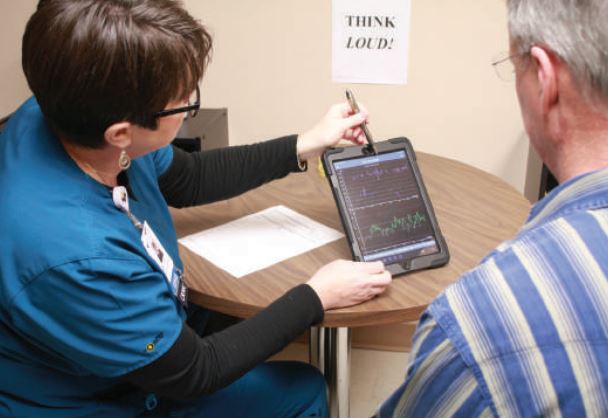Teaming Together to Improve the Lives of Patients with Parkinson’s Disease LSVT LOUD and LSVT BIG

Professionals in the CRMC Rehabilitation Services Department are working with patients diagnosed with Parkinson’s Disease and other neurological conditions with techniques that may sound too good to be true. However, in the world of medicine, research tends to prove itself, and decades of success make LSVT LOUD and LSVT BIG gold standards in therapy. Gail Billman, speech-language pathologist and Kim Sanchez, physical therapist have researched and become certified in specialized approaches that work.
The Lee Silverman Voice Technique (LSVT LOUD) is a therapy offered to adults and children with motor speech disorders, specializing in patients with Parkinson’s Disease, a neurological condition that affects nerve cells in the brain responsible for movement. This therapy can also be used to help stroke patients or patients with multiple sclerosis and cerebral palsy.
Billman, a LSVT LOUD certified provider tells us, “Being a provider in the southeast Kansas area, we are often looked upon as less skilled. This could not be further from the truth. Since we have fewer therapists per population in the more rural areas, we have to have
more knowledge and skills over a broader base. I decided to become certified with LSVT after seeing patients struggle with a strong speaking voice. This program is based on nearly 30 years of research and is proven to be successful. Following the program, I am able to help patients regain skills and the confidence to have conversations they otherwise stopped having. I am the only certified LSVT LOUD provider in our area. The closest are in Missouri, Oklahoma, and Wichita, KS.”
LSVT LOUD focuses on increasing vocal loudness and is conducted in sixteen one-hour sessions over the course of four weeks. Each session stresses the idea of “think loud in order to speak loud” and uses exaggerated motions or movements. The patient’s loudness is measured through a series of voice exercises using specific equipment measures. Focusing on the patient’s vocal loudness also expands the patient’s capability of more fluent speech, despite the conditions of the original diagnosis. LSVT BIG trains people with Parkinson Disease (PD) to use their body more normally. People living with PD or other neurological conditions often move differently, with gestures and actions that become smaller and slower. They may have trouble with getting around, getting dressed and with other activities of daily living.
LSVT BIG effectively trains improved movements for any activity, whether “small motor” tasks like buttoning a shirt or “large motor” tasks like getting up from sofa or chair or maintaining balance while walking. Research on LSVT BIG is newer and less extensive than that on LSVT LOUD, but published results of a randomized, controlled trial (Ebersbach et al., 2010) document that LSVT BIG resulted in improvements in the Unified Parkinson’s Disease Rating Scale. This is the“gold-standard” scale which doctors use to measure the progression of PD. As well as other tests of motor functioning in people with PD. Billman and Sanchez are able to improve a patient’s daily living skills through these specialized approaches. Sanchez reports, “I have provided LSVT BIG to several patients, and I consistently see an improved ability in balance, walking skills, and overall endurance. Having the addition of Gail’s LSVT LOUD program allows our patients to know that they do not have to limit themselves or give themselves to the diagnoses of Parkinson’s Disease. We can work as a team and help each patient.”
